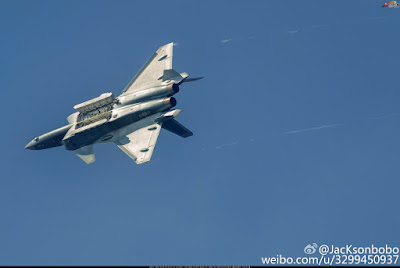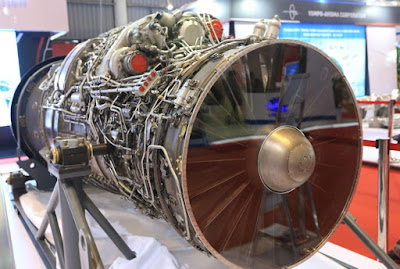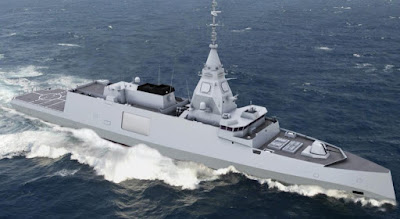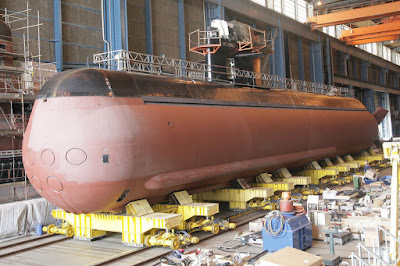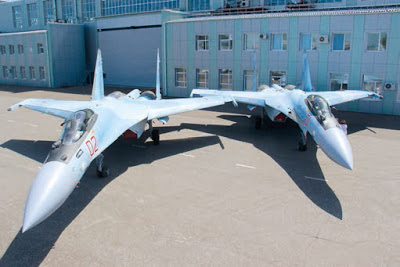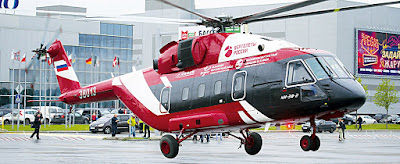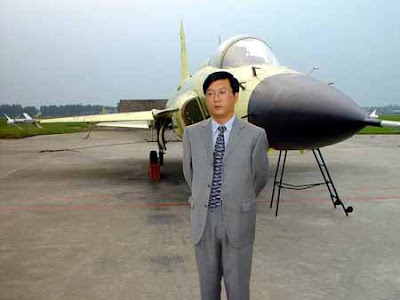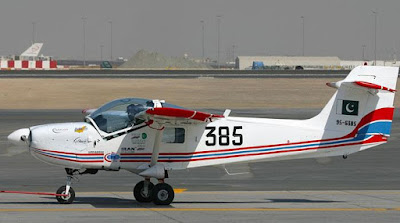China flew an improved version of its Shenyang J-31 Gyrfalcon stealth fighter. Compared to the previous prototype, the new version features a host of refinements and has started to resemble a genuine fifth-generation stealth aircraft in many ways. The J-31 is intended for military export markets.
It is expected to be priced around $70 million. This is half of the F-35 stealth fighter price. The fourth-generation Eurofighter Typhoon and Dassault Rafale fighter jets are priced at about $100 million.
The J-31 is believed to be powered by a pair of Russian-made Klimov RD-93 afterburning turbofans each developing roughly 18,000lb of thrust at maximum power. The Chinese hope to replace those engines with a pair of indigenous WS-13E turbofans, which are expected to develop roughly 22,000lbs of thrust.
China began development of the Taishan in 2000 to replace the Klimov RD-93 turbofan, which had been selected in the 1990s to power the JF-17 light-weight fighter. It is designed to have a life span of 2,200 hours and an improved version, providing around 100 kN (22,450 lb) of thrust with afterburner, is under development.
It is expected to be priced around $70 million. This is half of the F-35 stealth fighter price. The fourth-generation Eurofighter Typhoon and Dassault Rafale fighter jets are priced at about $100 million.
 |
| J-31 |
The J-31 is believed to be powered by a pair of Russian-made Klimov RD-93 afterburning turbofans each developing roughly 18,000lb of thrust at maximum power. The Chinese hope to replace those engines with a pair of indigenous WS-13E turbofans, which are expected to develop roughly 22,000lbs of thrust.
China began development of the Taishan in 2000 to replace the Klimov RD-93 turbofan, which had been selected in the 1990s to power the JF-17 light-weight fighter. It is designed to have a life span of 2,200 hours and an improved version, providing around 100 kN (22,450 lb) of thrust with afterburner, is under development.


